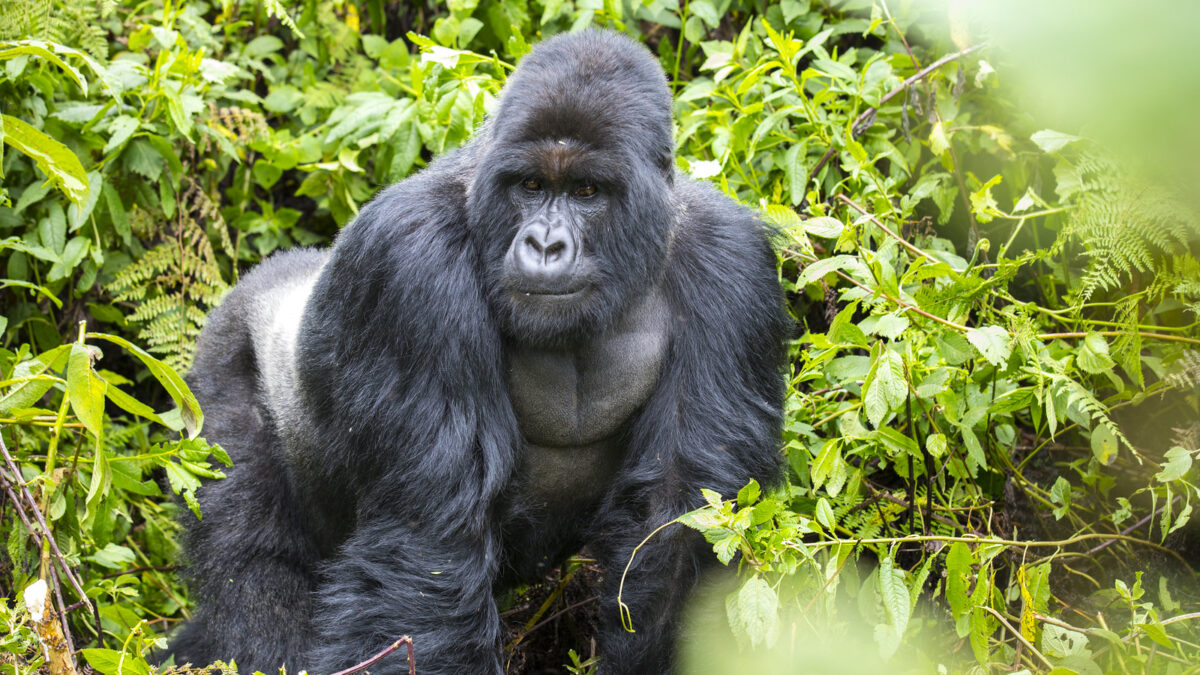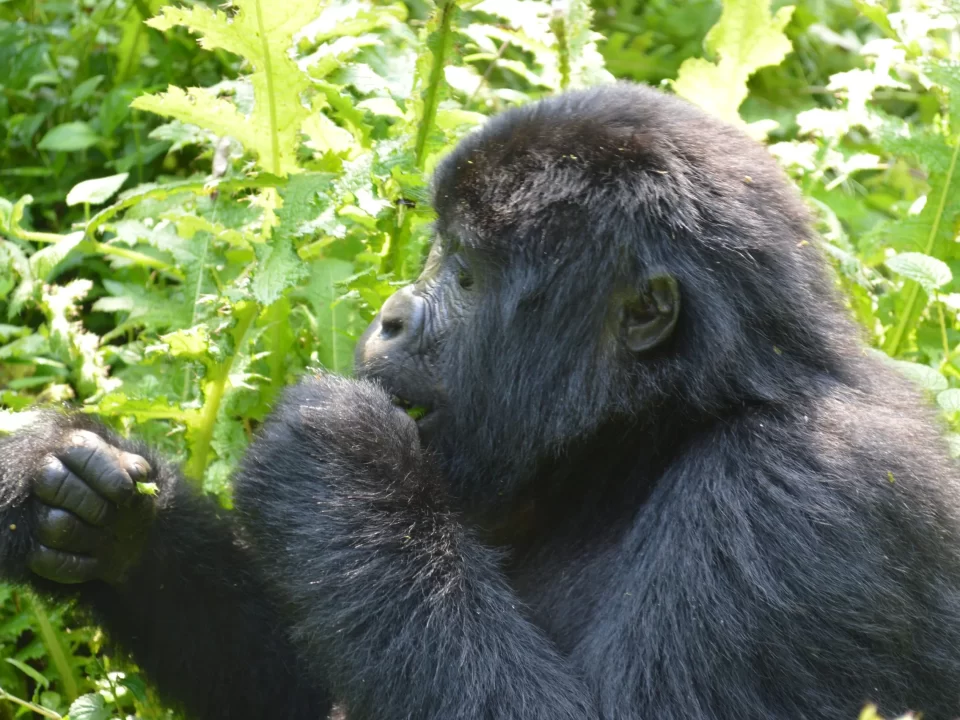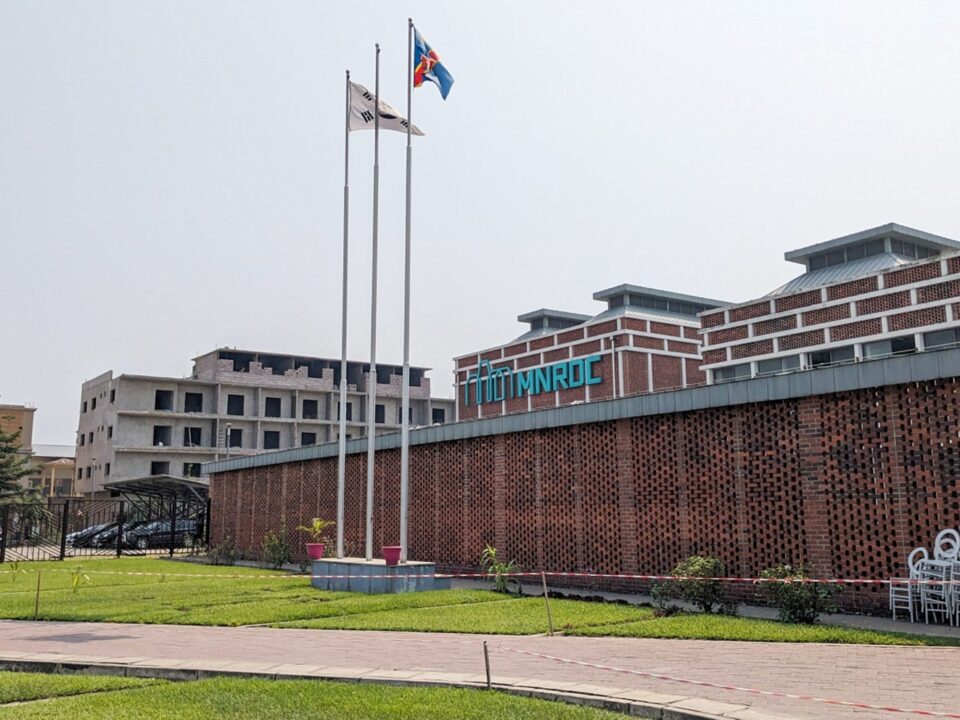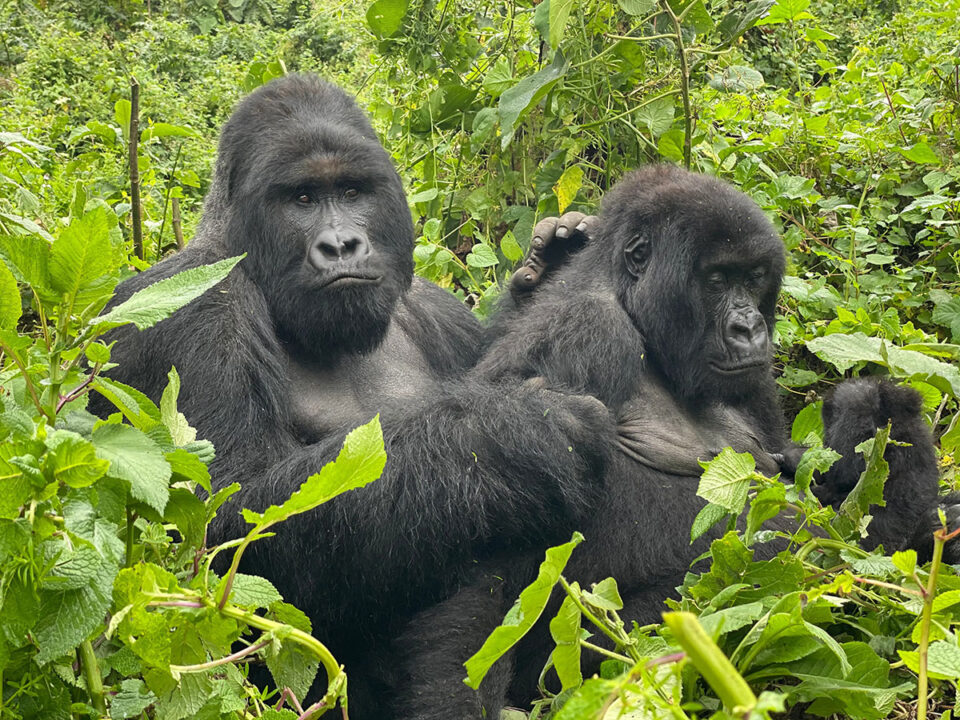The Difference Between Gorilla Trekking and Tracking

What Do Gorilla Trackers Or Advanced Teams Do In Gorilla Trekking?
January 28, 2023
Reasons for Scarcity of Gorilla Permits
January 28, 2023The Difference Between Gorilla Trekking and Tracking
Gorilla trekking and tracking are often used interchangeably but they are different activities related to observing mountain gorillas in their natural habitats. Gorilla trekking refers to the activity of traveling through dense forests, steep hills and valleys to reach the gorillas. It is the journey made by visitors to see the gorillas in their natural habitat. On the other hand, tracking refers to the process of locating the gorillas in the forest. This is typically done by a team of trained experts or individuals employed by the Uganda Wildlife Authority or Rwanda Development Board, known as the gorilla trackers. They are responsible for following the mountain gorilla families and communicating their whereabouts to the park headquarters and tour guides. The distinction between gorilla trekking and tracking is essentially who performs the action of locating the gorillas and who embarks on the journey to see them.
When talking about gorilla trekking, whether in Uganda, Rwanda, or DR Congo, it refers to the activity of following and finding a specific family of mountain gorillas. Tourists are accompanied by a trained guide from the relevant wildlife authority, who leads the group through the hills and forests to locate the gorillas. The guide not only helps find the gorillas, but also identifies other wildlife, birds, and plants to enhance the trekking experience. The guide remains in communication with the advanced team, or gorilla trackers, who continuously provide updates on the whereabouts of a given gorilla family. The term “gorilla trekking” is used because gorillas live in mountainous or hilly areas, requiring a physical hike to locate them.
Cost and Availability of Gorilla Permits in Uganda, Rwanda and DR Congo
Uganda, Rwanda, and DR Congo are three African countries where tourists can encounter gorillas. In Uganda, the Gorilla permit costs USD800 for foreign non-residents, USD700 for residents, and $70 for East African citizens. Uganda has 17 habituated gorilla family groups with 136 permits available every day. A Gorilla habituation experience permit in Bwindi forest costs $1500 per person and allows 4 hours of encounter. Permits can be booked through Uganda Wildlife Authority or a tour operator. In Rwanda, the Gorilla permit costs $1500 for foreign non-residents, $500 for foreign residents, and $200 for East African citizens. Rwanda has 12 gorilla families with 96 permits available each day. Permits can be booked through Rwanda Development Board or a tour operator. In DR Congo, the Gorilla permit in Virunga National Park costs $400 for the high season and $200 for the low season. The permit in Kahuzi Beiga National Park costs $400 for foreign non-residents, $200 for East Africa residents, and $20 for national residents. Permits can be booked through Virunga National Park or a tour operator. Note that the price of the permit does not include other expenses like accommodation, air tickets, meals, and transport. Uganda is a safe and affordable destination compared to Rwanda and Congo.
Experience the Ultimate Gorilla Safari with Trek Africa Expeditions
Trek Africa Expeditions specializes in crafting unforgettable gorilla trekking experiences in Uganda and Rwanda. Our expertise and commitment to eco-friendly adventures, wildlife preservation, and community upliftment has earned us a high reputation, reflected in our glowing reviews on TripAdvisor. Our unique safari packages go beyond gorilla trekking and offer a diverse array of exciting activities, including chimpanzee trekking, Big 5 game viewing, mountain hiking, boat cruises, cultural encounters, and visits to other popular African safari destinations like Tanzania, Kenya, Rwanda, and Dr. Congo. Discover the difference between gorilla trekking and tracking and contact us today to book your once-in-a-lifetime African safari experience.




